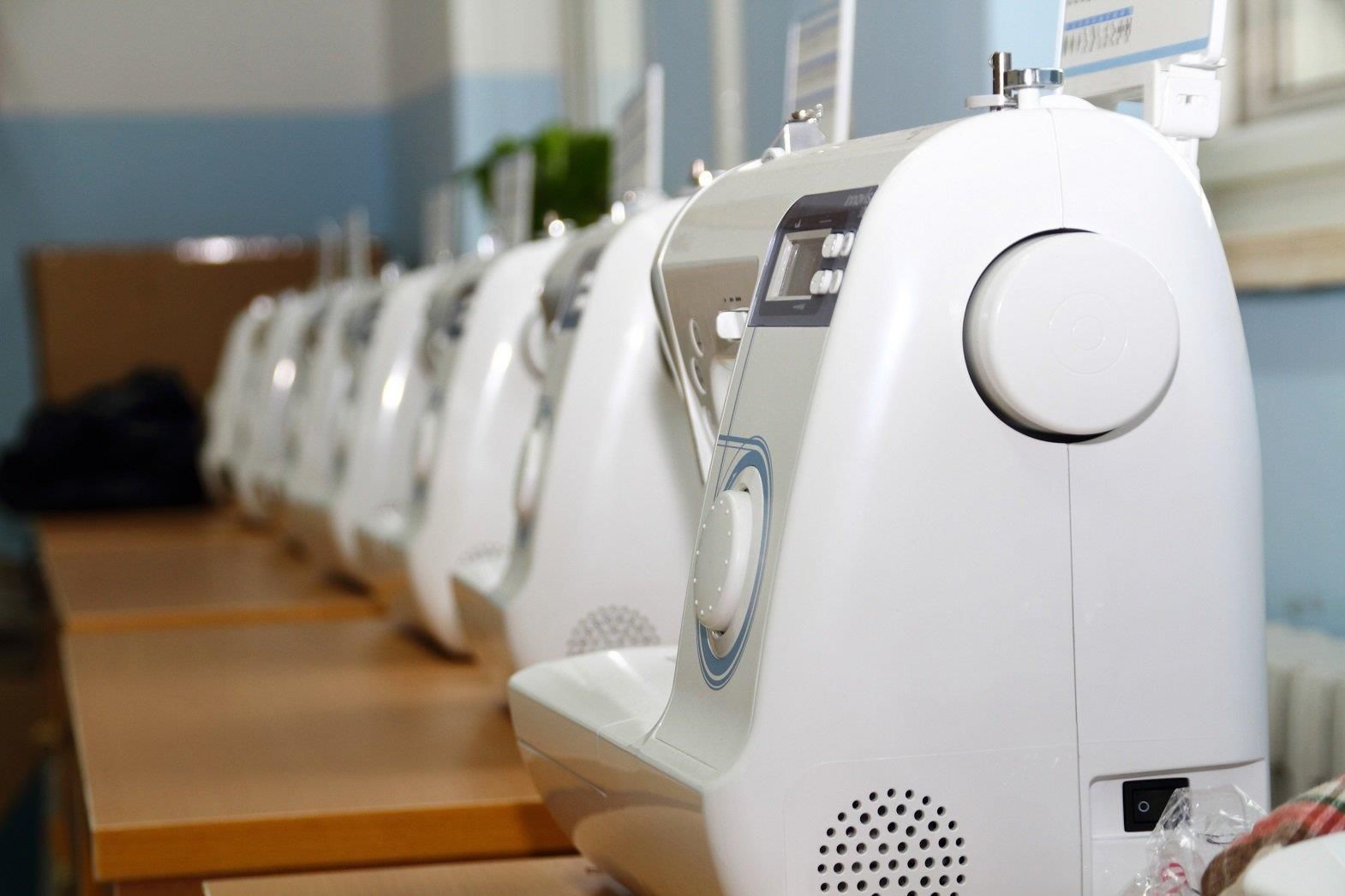The Chinese government has a greatsupport policy. The land available to any manufacturer is subsidised, theelectricity cost is subsidised, and they are encouraged to put up big projectsinstead of small ones. The bigger the project, the better the advantages. Thepractice of each town or province specialising only in one aspect too works inthe country's favour. Besides, China has invested so heavily in infrastructurethat even the remotest town is well connected, says
Themachinery prices that we get today are thanks to China and the industries thathave been developed there. It is worth noting how the industry works there andhow they work in sync with each other. Each town or small province in Chinausually concentrates on just one type of part manufacturing. If they are intobasic machine die casting - that is what they do and nothing else. And the biggestor the smallest company of the sewing machinery industry will go there, givethem the drawings, and get the basic frame of the machine manufactured fromthere. Since these clusters concentrate on one thing only, they are able togive prices which are virtually unimaginable.
TheChinese government for its part has a great support policy. The land availableto any manufacturer is subsidised, the electricity cost is subsidised, and theyare encouraged to put up big projects instead of small ones. The bigger theproject, the better the advantages. Similar is the case with all internal partsof textile machinery. Most importantly, the Chinese never say no. You can askthem to manufacture the best possible quality, and at the same time they canmanufacture the worst possible quality as well. It depends totally on the pricethat the buyer is ready to give. You can find similar parallels in the toyindustry as well.
Thereis a flipside too - there are barely any new products or new technologicaldevelopments to be seen. For this, China looks up to Japan and some parts ofEurope and America. These countries today are concentrating primarily onproductivity enhancing, efficiency increasing - automats i.e. automaticmachinery. The basic heads are made in China, but all R&D and the automaticcontrolling systems are built in those countries.
So, howdoes India stand w.r.t China in the given context?
We,
unfortunately, do not have any support for our machinery industry, unlike what
the Chinese government does for its own industry. Instead, we have to look
towards China for the requirement of any spare parts or machines, because our
cost of everything is extremely high and nonsubsidised. Electricity is
available with ease at only the Tier A, B cities but the cost of land and power
is huge, and so is the cost of construction without any subsidies. For cheaper
lands, the other problematic issues like logistics, power lines, etc,
invariably crop up. China on the other hand has invested so heavily in
infrastructure that even the remotest part is extremely well connected.
So,
India is trying to do what Japan, Europe and America do as well- concentrate a
little more on automats and let the basics come from China. It will therefore
take time before India can compete with the automats coming from abroad, but
the possibility is high.








Comments